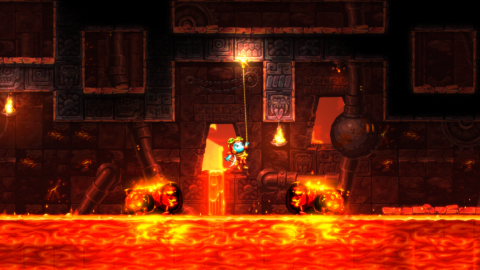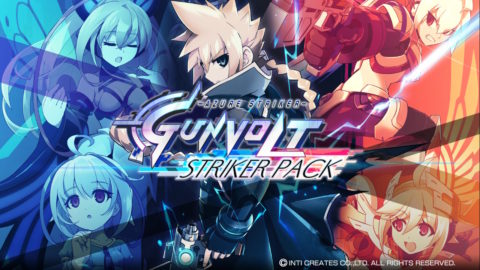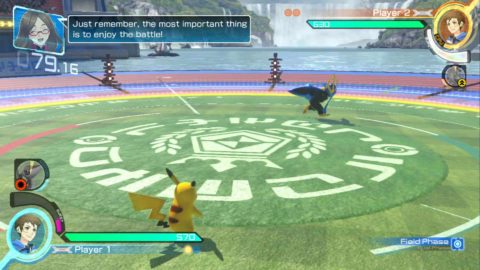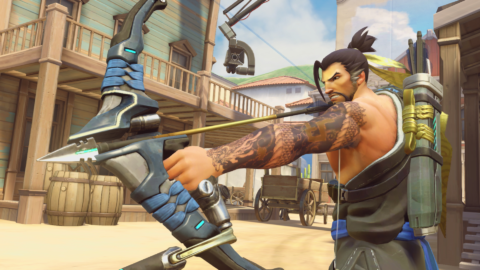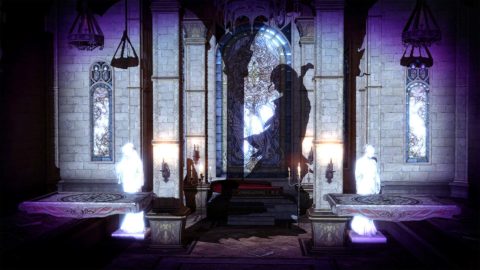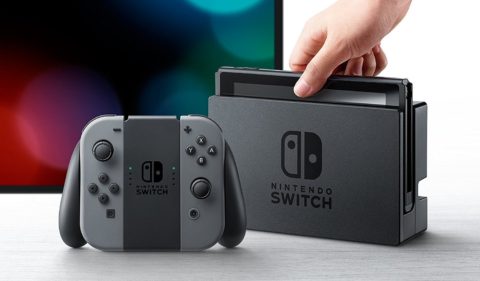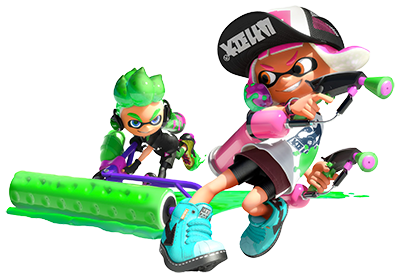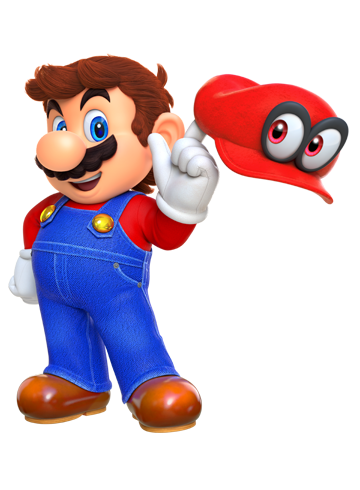Despite what the numbers might say, it’s hard for me to shake the feeling that Nintendo has needed a win for a long time. Yes, the company has been fairly stable through the debatable success of the Wii U and being seemingly overshadowed by Microsoft and Sony. Yes, the 3DS has been (and continues to be) one of the top selling platforms of the past decade.
Still, a look back at the past few generations paints the picture of a company that achieved financial success at the expense of an identity in sync with its own fans. Even as far back as the original Wii, Nintendo has taken fairly bold steps into features and playstyles that never seemed to be fully realized in their time: motion control, “second screen” experiences, and 3D visuals.
The Nintendo Switch (now officially one year old! Insert party horn noise*) seems, by any measure, to be the realization of that strange, uncertain period in Nintendo history. Both on the sales charts and in the hearts and minds of fans worldwide, this is Nintendo’s win…a big, era-defining one.
It’s in the games
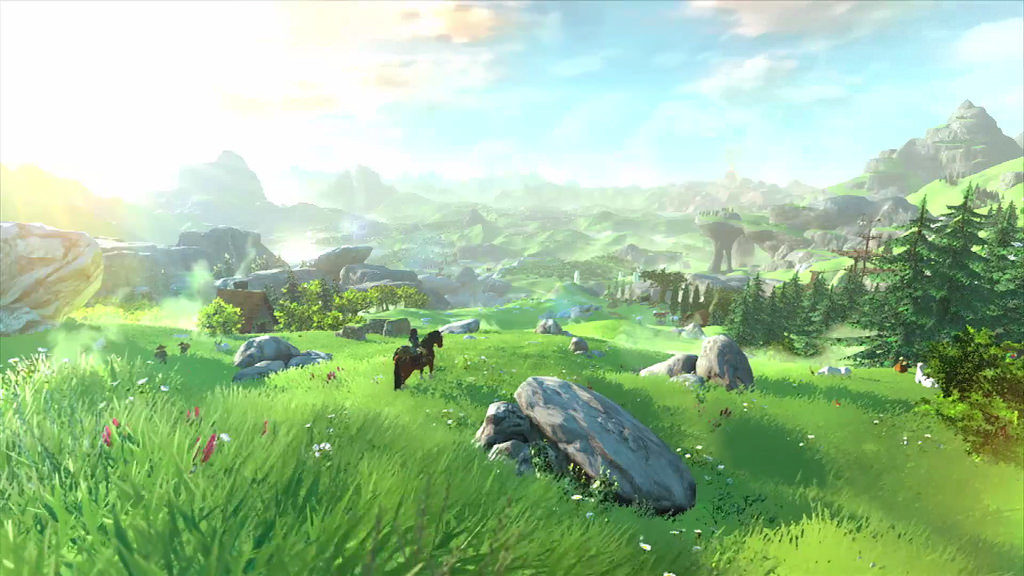
Any game console is only as good as the games you can actually, ya know, play on it. Throughout its first year, the Switch has seen no shortage of games that are flat-out fun to play, and both the sales numbers and a truckload of high-profile rewards seem to reflect that.
The success of The Legend of Zelda: Breath of the Wild alone can’t be understated here. Nintendo’s opus of an open-world RPG took critics and fans by storm, with “Best Of Show” and “Game Of The Year” wins all the way from E3 2016 to 2017’s The Game Awards and even the recent DICE awards. It’s the kind of game that nestles deep in the community’s consciousness; something that players will most certainly look back at in years to come as “that game” that impacted everyone in some way.
Not only that, but it’s place at the vanguard of the Switch’s (somewhat sparse) launch lineup helped it to showcase all the best things about Nintendo’s weirdly-cool-kid hybrid console. Having access to a world like BotW‘s Hyrule anywhere you went was enough to shatter any hesitance fans had about the Switch. Couple that with the breathtaking visuals on display in such a small, relatively underpowered package, and it’s easy to see why Breath of the Wild helped a lot of new Switch owners really start to get what the console was capable of.
Zelda may have helped to kickstart the Switch, but it was a constant flow of solid first-party titles throughout 2017 that kept the party on a serious high note. Solid re-entries into established franchises were clearly Nintendo’s strategy, and it paid off. Splatoon 2, Mario Kart 8 Deluxe, Pokken Tournament DX, and Bayonetta 2 were consistent high points for the Switch, and most of them were ports with minor improvements. Plus, the juggernaut return of our favorite plumber in Super Mario Odyssey reminded us that Nintendo still has a particular kind of magic when it comes to keeping their series’ alive and kicking.
That’s not to say there were no fresh faces to be seen. ARMS was perhaps the most ambitious new title since Splatoon, and while it may not have captured as many hearts as other big Switch titles, it remains as the most unique fighting game I’ve ever played, and one that suggests potential beyond the status quo for that genre. Mario + Rabbids: Kingdom Battle is still one of the highest rated Switch games out there, and turned heads as a shining example of the 3rd party support Nintendo has lacked of late.
Indies on Parade
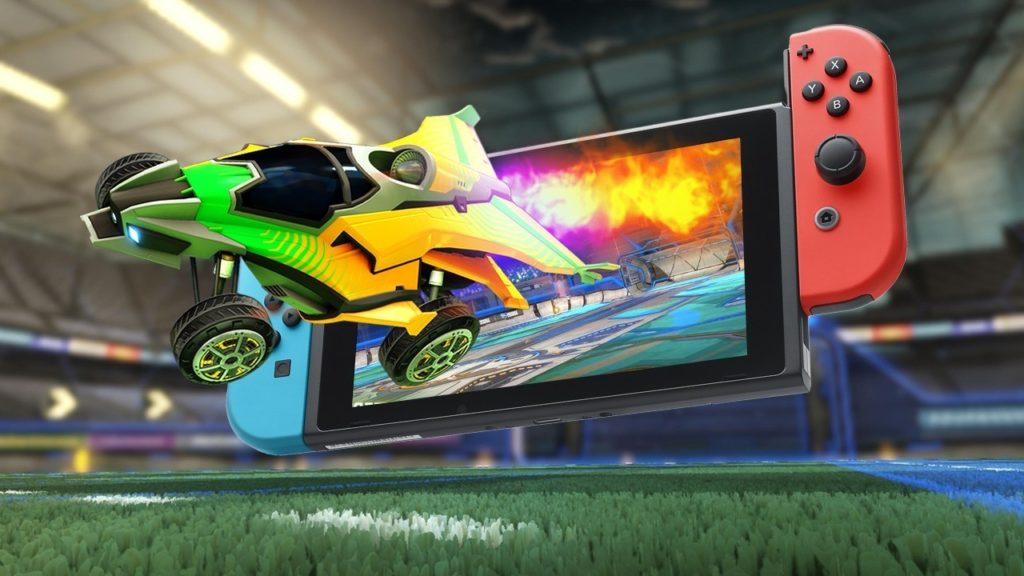
The brief spaces between big-budget titles on the Switch were by no means a void. A quick scan of the eShop is a not-so-subtle reminder of what a massive success the console has been with independent developers. Sure-fire hits like Shovel Knight: Treasure Trove and Rocket League mingle with delightful Switch exclusives like Snipperclips and Steamworld Dig 2.
From the start, Nintendo lauded the Switch as a perfect indie game machine, and that messaging has really hit home. Granted, many of the most successful “Nindies” we’ve seen so far were successes in their own right, before the Switch was even on the table. Stardew Valley, Axiom Verge, Minecraft: these were almost guaranteed slam dunks based on their pre-Switch hype.
Still, successful indie games (even ports) are a sign that new developers are unlikely to ignore. The narrative for almost every new independent game announcement in the past few months has eventually come around to a Switch version, and the answer is often a resounding “yes.”
It’s not hard to see why this works, either. Both the relatively low price point, the relatively simple and accessible presentation of many indie darlings, and the Switch’s inherent portability and flexibility are all highly attractive. Couple that with the apparent ease of developing games for the console (mentioned in our recent talk with Image & Form) and you have a list of features that feels like a win for investors, developers, and players alike.
A platform for change
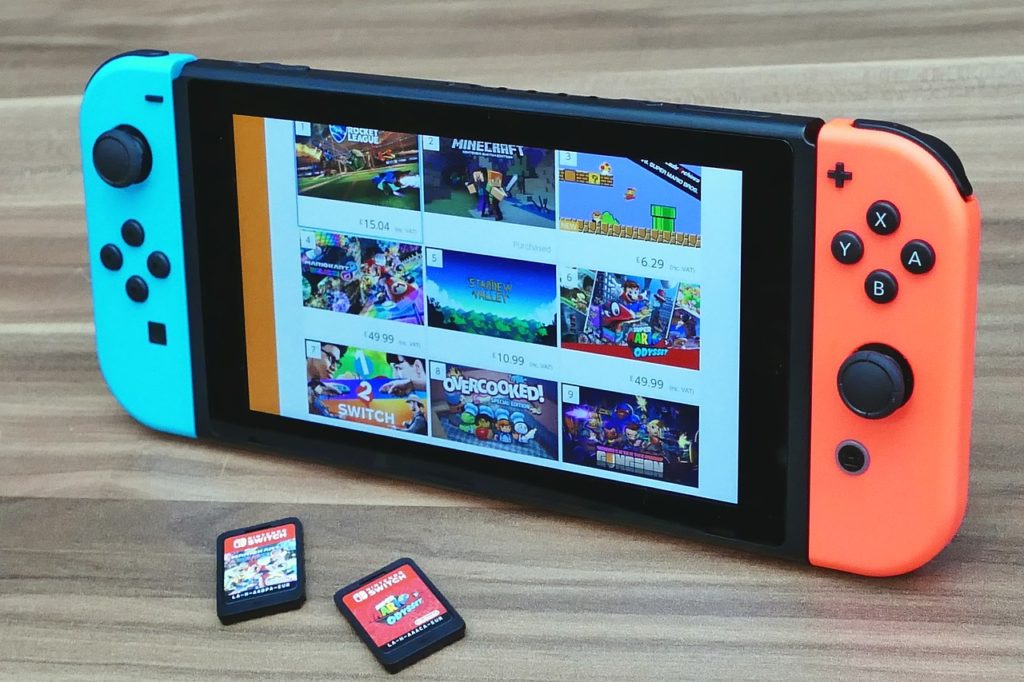
With such a powerful lineup in its first year alone, it seems almost a foregone conclusion that Switch consoles would sell well. Launching in mid-spring, instead of during the much-coveted holiday rush) may have seemed an odd gamble for Nintendo. With sales of the Wii U flagging over most its lifetime, fans would be right to expect Nintendo to take every advantage.
There was more at play here than we thought, it seems. That spring launch, which effectively set up Nintendo to steamroll through the typical summer games drought, kept all eyes on this little grey box for quite some time. Sales quickly skyrocketed, and by the end of 2017, the Switch had been crowned the fastest selling home console ever in the US alone.
Such honors don’t come without consequence though, and many fans will remember those dark months following the Switch’s initial release. Overwhelming demand (and some cautious scaling back of supply by Nintendo) left store shelves everywhere devoid of those bright blue-and-red boxes until well into the beginning of autumn. The situation got pretty dire worldwide, with online retailers sneaking restocks in the dead of night and Japanese retailers setting up lotteries for even a chance of buying a Switch.
It seems a distant memory, as Nintendo’s earlier commitment to scale up manufacturing has kicked in to make the console easily obtainable now. And while it’s easy to be critical of the company’s apparent lack of preparedness, that initial drought now seems as much a testament to the console’s success as it does a burden on some hopeful early adopters.
With more than 14 million Switch consoles sold worldwide in its first year, the Switch easily surpassed its predecessor’s lifetime sales and doesn’t show signs of stopping. Nintendo has also expressed a desire to improve the Switch’s value over time with peripherals, rather than develop a “more powerful” version of the console later. Some fans have expressed concern in the past of the potential for a “New Nintendo Switch” similar to the New 3DS and perhaps have felt the need to wait before buying. Nintendo’s commitment to that statement could prompt a few sales based on that renewed feeling of longevity.
The road ahead
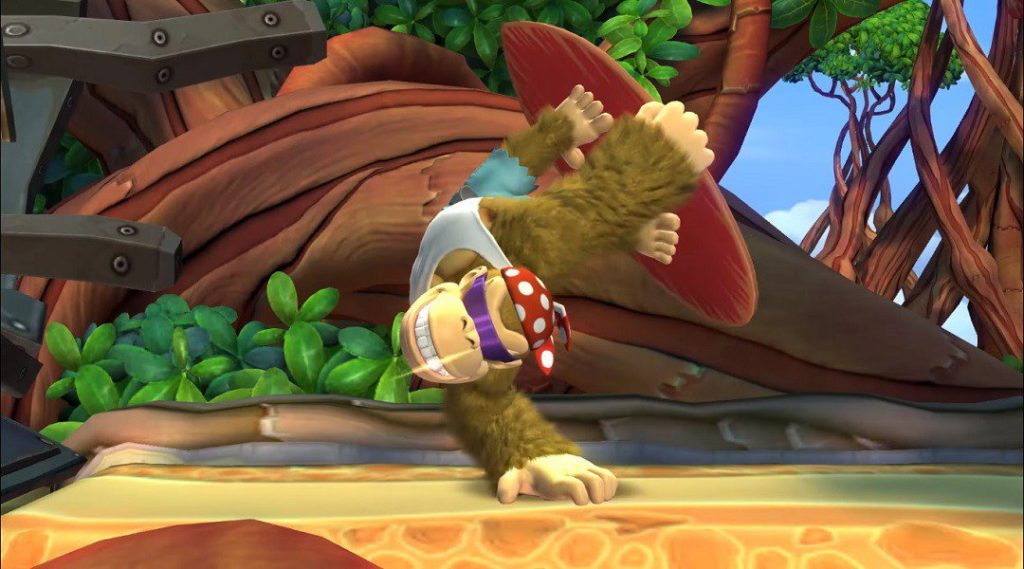
While we look back on the past with a growing sense of hope for the Switch’s future, we can also look ahead with a similar optimism. 2018 is already shaping up to be a year of great releases and bold new ideas from Nintendo.
Fans are already eager for Kirby: Star Allies in just a few short weeks and a port of the Wii U hit Donkey Kong: Tropical Freeze is not far behind. The launch of kid-friendly building kit Nintendo Labo is fast approaching as well and with it the potential for a whole new perspective on the Switch.
For something almost explicitly aimed at kids, Labo is a subtle reminder that we likely haven’t seen everything the Switch can do. It’s also a subtle nod to the creativity behind every 3D printed, wood-crafted, lego-brick custom accessory that fans have been hacking together for months.
Third party favorites (and perhaps surprise Switch contenders) Wolfenstein II: The New Order and Dark Souls: Remastered are on the way as well, building on the success of current gen Switch ports like Doom and Skyrim from late last year.
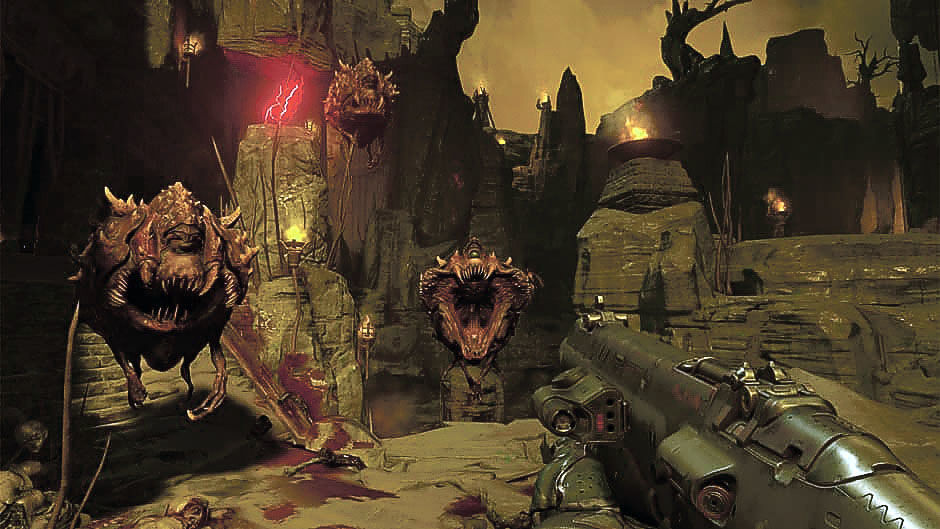
These last few are a solid reminder that 3rd party developers do have faith in the Switch, which begs the question: what other unexpected favorites might be in store? The idea of taking on expansive fantasy worlds like Final Fantasy XV or precise shooters like Rainbow Six: Siege doesn’t seem so far-fetched anymore. While there are certain games (like Monster Hunter: World and Overwatch) whose developers have stated they don’t see a Switch port happening, the sky may still be the limit here.
That said, in taking this time to look back and ahead does call into view some arguably crucial things we’ve yet to see on the Switch. As of now, we’re still nearly half a year out from the launch of Nintendo Switch Online, the subscription online service that Nintendo hailed back when the Switch was first announced. We have precious few details about this service as well, other than general pricing and the delays it has already encountered.
In general, we still don’t quite know what to expect for some features of the Switch’s operating system that are still noticeably absent, even a year in. We’ve seen some improvement now that we can transfer profiles between Switch consoles, but some features of data management that seem obvious are missing.
The ability to transfer saves to an SD card, or back up data to an account-related cloud is still high on many Switch owners’ wishlists. While we could still see some kind of solution for this with the Switch online service, it does highlight the fact that we’ve seen very little in the way of “quality of life” improvements so far.
Still, there’s so much more to look forward to in the Switch’s second year that it feels very much like the first. We’ve recognized the potential of this amazing, atypical gaming console. Now, we get to see how far Nintendo will take that potential, and if they can continue to capitalize on what makes the Switch so great: fun, quality games that create opportunities for new and unexpected ways to play.
Next big thing
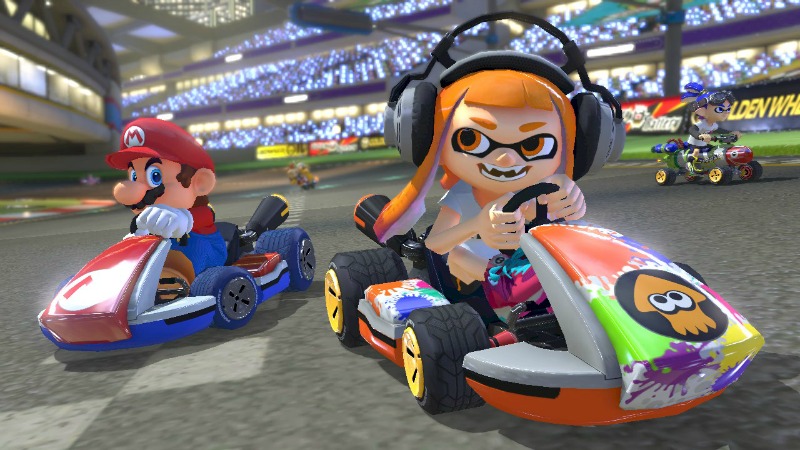
What Nintendo has accomplished with the Switch is nothing short of a massive achievement. Somehow both sublimely iterative and starkly unique, the hybrid console has certainly set a breakneck pace for its first year of life. Standard-setting RPGs, genre-shaking competitives, and a powerful phalanx of indie greats stand ready to ferry Nintendo’s latest darling into gaming history with memorable flair.
It remains to be seen if the Switch’s second year will live up its first, but the potential Is certainly there. Fans are already white-knuckled in anticipation of returning heroines Samus and Bayonetta. Several indie favorites like Battle Chasers: Nightwar, Dragon: Marked for Death, and Hollow Knight are waiting in the wings, itching to be set free from living rooms and PC dens everywhere. On top of that, there’s still so much we just don’t know about, like a potential return of Smash Bros. in some form, or even more amazing 3rd part collaborations like Rabbids + Mario.
Has the Switch become the perfect console? No. There’s still a lot missing from the experience in so many ways. Did it have a perfect start? No. Empty shelves, technical issues, and a sparse launch lineup add a few dings to a fantastic first year. Still, if Nintendo has shown us anything over the years, is that a console (or a game) doesn’t have to be perfect to be loved; it just has to be remarkable.

